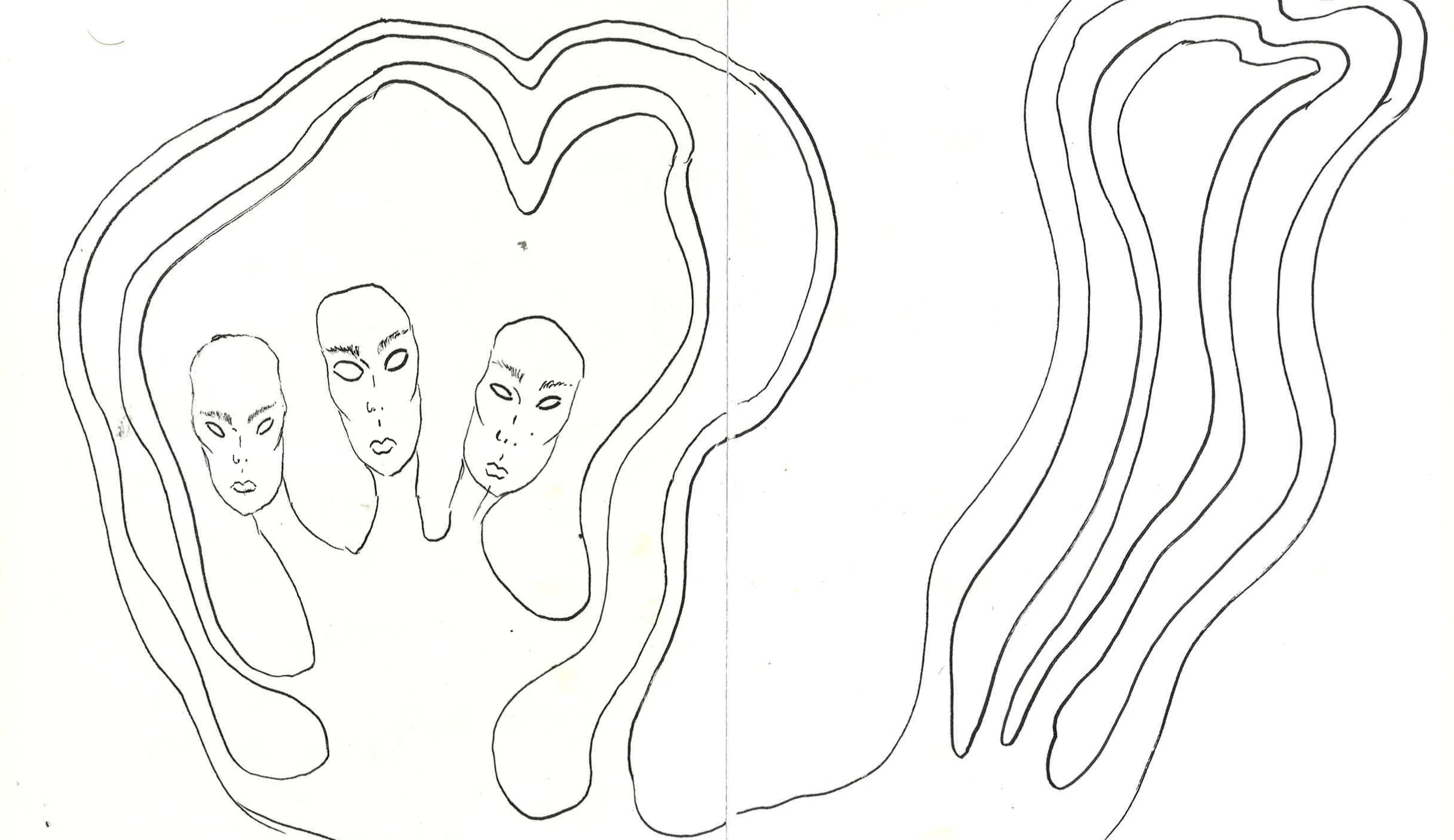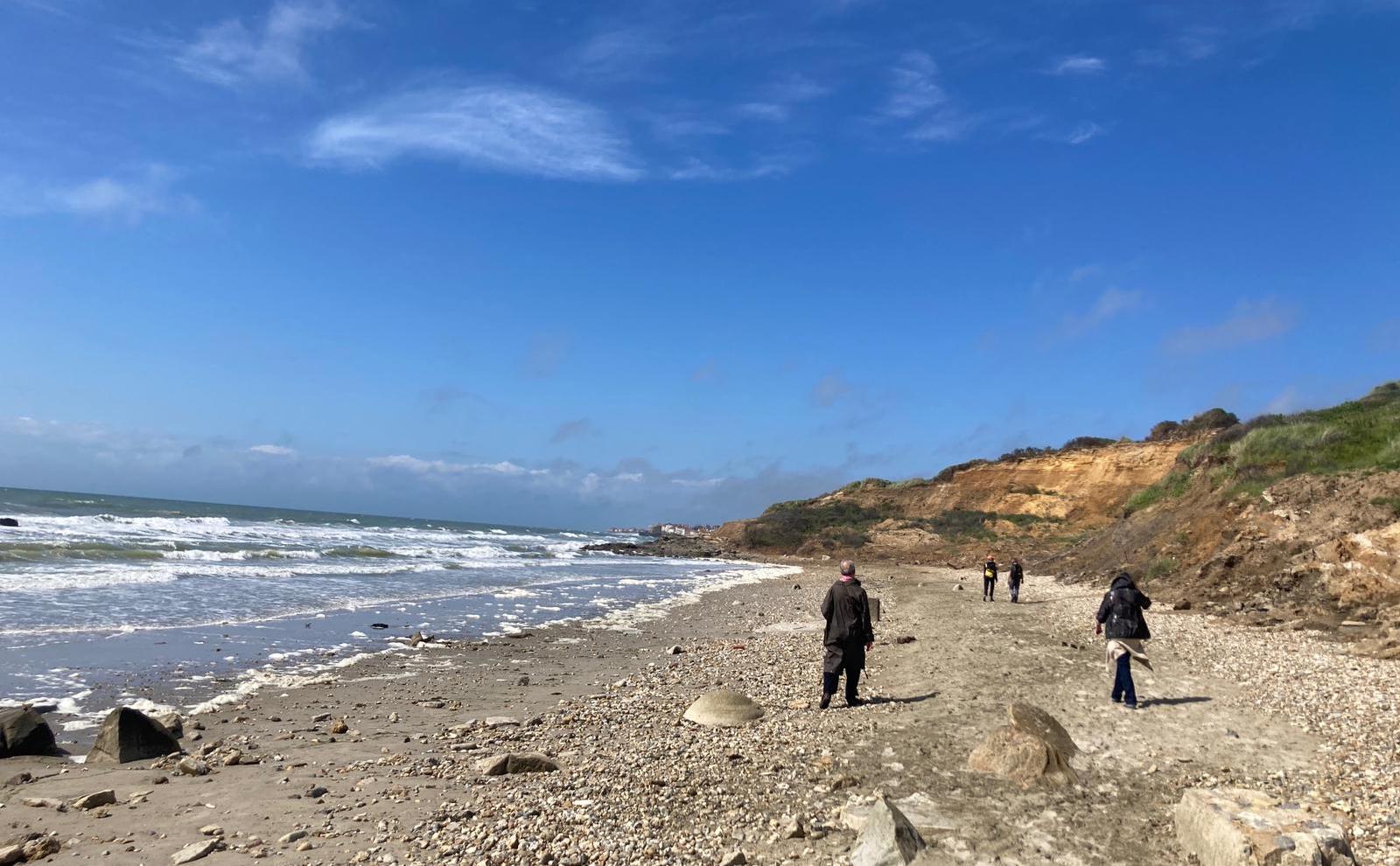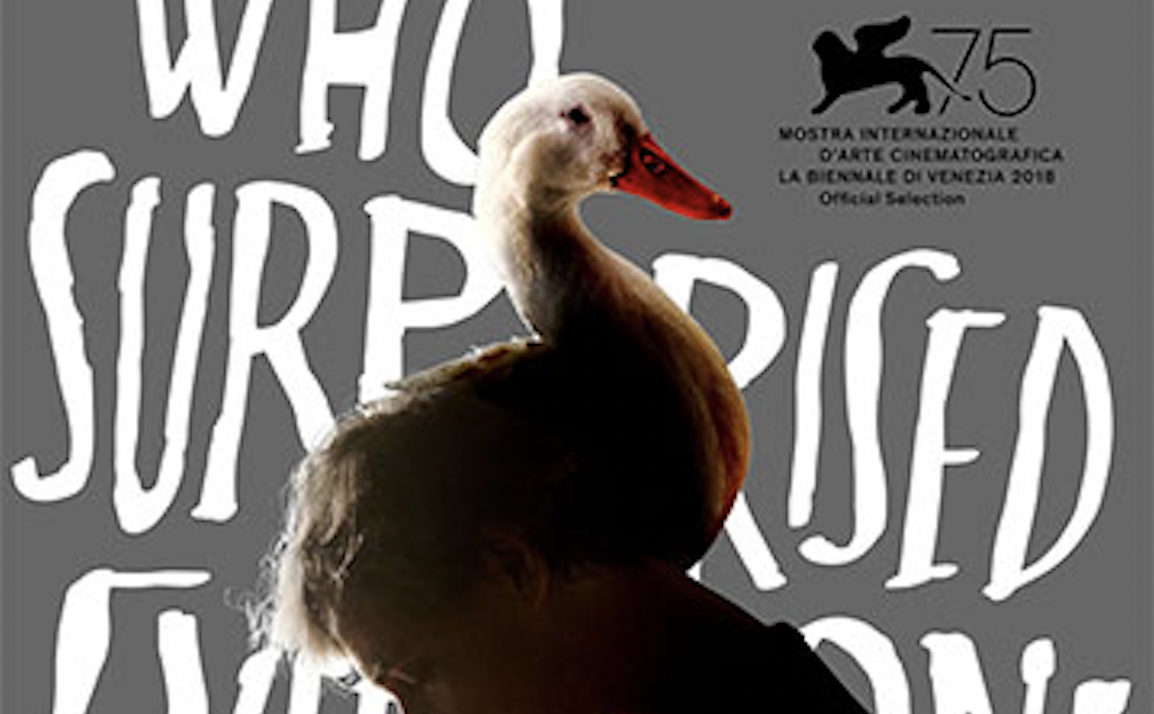21C/19C Procedures for Anthropometric Image Reversal by Antje Van Wichelen
[EN] Through the lenses of 19th-century photographers, visual artist Antje Van Wichelen dives into the clichés and underlying motives of the Western colonial anthropometric photo collections. Using manual 16mm-film development and printing, she re-writes these images and gives us a new, contemporary perspective.
21C/19C Procedures for Anthropometric Image Reversal is an artistic search for an engaged way of dealing with sensitive imagery.
Screenings with debate
During four public evenings, different chapters will be shown on 16mm film. Afterwards, people are invited to join an open conversation.
The second evening takes place at Akwaba, on Wednesday 20 December, from 7pm to 10pm
The chapter set for the evening is: Exoticism in the Studio
How were these stereotypical images created? What kind of props were lying around the photo studio? Which is the most stereotypical image from nineteenth-century colonial photo collections? Which is the most painful? The colonized female body? What answer can we formulate today? How can we create new imagery on the basis of stereotypes?
Sound artwork: Rokia Bamba
Moderator: Peggy Pierrot
__
[NL] Doorheen de lenzen van 19de-eeuwse fotografen ontrafelt beeldend kunstenaar Antje Van Wichelen een aantal clichés en onderliggende motieven van de Westerse koloniale antropmetrische fotocollecties. Met manuele 16mm film herschrijft ze de beelden naar een nieuw, 21ste-eeuws interpretatiekader.
21C/19C Procedures for Anthropometric Image Reversal is een zoektocht naar een geëngageerde manier om met deze maatschappelijk gevoelige beelden om te gaan.
Projecties met debat
Tijdens vier publieke avonden worden verschillende hoofdstukken in 16mm film getoond waarna het publiek wordt uitgegenodigd in gesprek te gaan.
De tweede projectie avond vindt plaats bij Akwaba op woensdag 20 december van 19u tot 22u.
Het nieuwe hoofdstuk dat aan bod zal komen is: Exotisme in de Studio
Hoe werden stereotiepe beelden gecreëerd? Welke attributen had de fotostudio klaar in de koffer zitten? Welk is het meest stereotiepe beeld uit de 19de eeuwse koloniale fotocollecties? Welk beeld snijdt het diepst? Het gekoloniseerde vrouwenlichaam? Welk antwoord kunnen we hier vandaag op formuleren? Hoe maken we nieuwe creaties op basis van stereotiepen?
__
[FR] A travers les objectifs de photographes du 19e siècle, l’artiste visuelle Antje Van Wichelen étudie les clichés et les motifs sous-jacents des collections anthropométriques coloniales occidentales. Au moyen du développement et de l’impression manuels de films 16mm, elle réécrit ces images et propose sur elles un nouveau regard, contemporain.
21C/19C Procedures for Anthropometric Image Reversal est une recherche artistique d’une façon engagée de traiter ces images socialement sensibles.
Projections avec débat
Au cours de quatre soirées publiques, plusieurs chapitres sont présentés via un film 16mm, après quoi le public est invité à une discussion ouverte.
La deuxième soirée se déroule chez Akwaba le mercredi 20 décembre à 19h-22h.
Et les thèmes de discussions sont: Exotisme au Studio
Comment ces images stéréotypées ont-elles été créées ? Quels attributs étaient présents dans les coffres du studio photographique ? Quelle est l’image la plus stéréotypée des collections coloniales du 19esiècle ? Quelle image heurte le plus ? Le corps féminin colonisé ? Quelle réponse pouvons-nous formuler aujourd’hui ? Comment créer pour dénoncer des stéréotypes ?
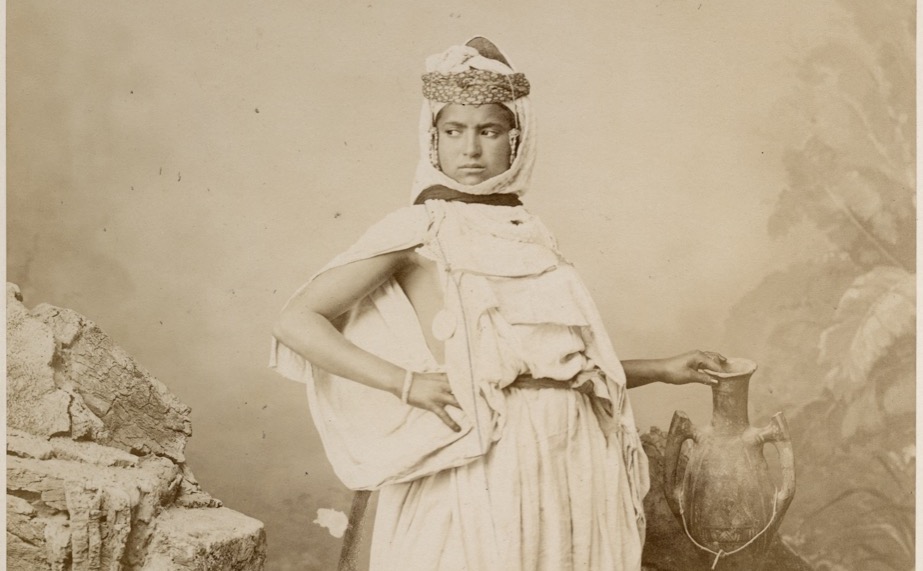
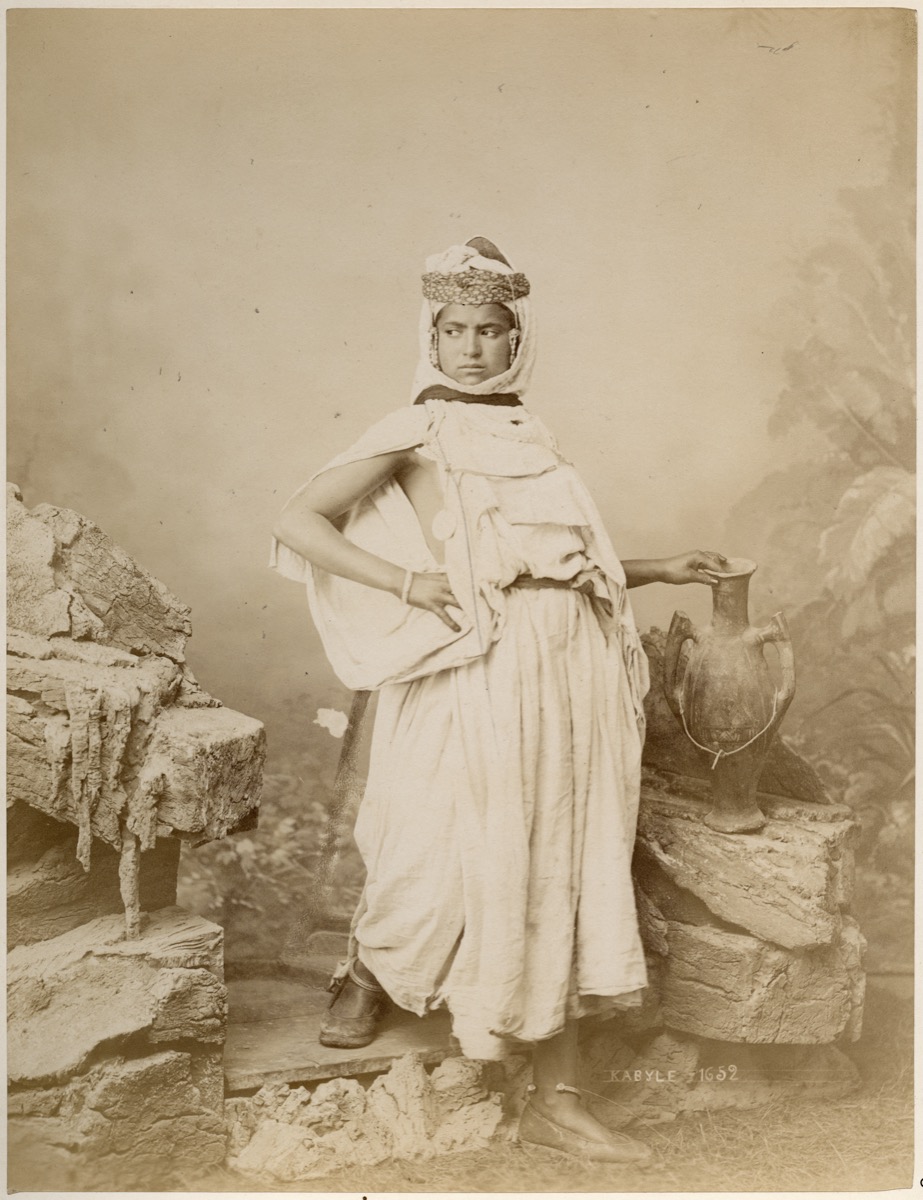
 RELATED
RELATED 